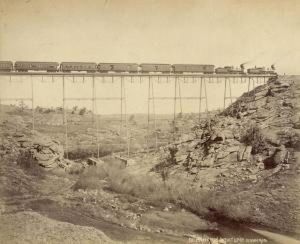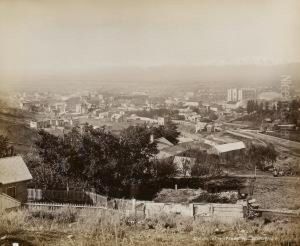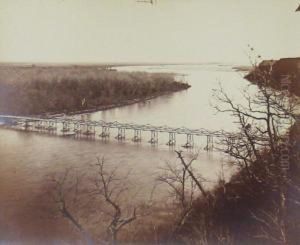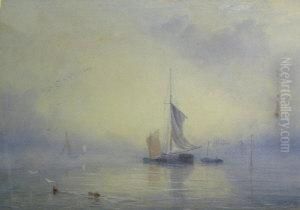Charles Roscoe Savage Paintings
Charles Roscoe Savage was a significant British-born photographer who became one of the most prominent figures in the photography of the American West in the 19th century. Born on August 16, 1832, in Southampton, England, Savage joined The Church of Jesus Christ of Latter-day Saints (LDS Church) at a young age, which would later play a pivotal role in his emigration to the United States and his photographic career.
In 1855, Savage immigrated to the United States after converting to Mormonism in England. He traveled to New York and then continued westward to join the gathering of the LDS Church in Utah Territory. It was in the American West where Savage would establish himself as a photographer. He initially worked in a variety of jobs, including some time spent working at a photography studio in New York, which gave him the skills he would later use to start his own business.
By the 1860s, Savage had opened his first photographic studio in Salt Lake City, named Pioneer Art Gallery. He became well-known for his portraits and landscape photographs, including images of the Mormon community and its leaders, as well as the spectacular scenery of the West. Savage's work during this period was instrumental in shaping the visual record of the settlement of the western United States, including the construction of the transcontinental railroad. His photographs documented the merging of the Central Pacific and Union Pacific railroads at Promontory Point, Utah, in 1869, a significant event in American history.
Throughout his career, Savage collaborated with other photographers and participated in several partnerships. Notably, he worked with George Martin Ottinger and Marsena Cannon to form the Savage & Ottinger studio, which became one of the foremost photographic establishments in the region. Savage's photographs were widely distributed, appearing in various publications and as stereographic images, which helped to popularize the American West and fuel the imagination of the public.
Savage was also known for his travel photography, capturing images of his trips to the Midwest and Pacific Coast. His work extended to capturing Native American life and the early settlements of the Church of Jesus Christ of Latter-day Saints, contributing to the historical documentation of the period.
Charles Roscoe Savage passed away on February 4, 1909, in Salt Lake City, Utah. His legacy includes a vast collection of photographs that provide an invaluable pictorial history of the American West during a time of significant change and expansion. His works are preserved in various institutions, including the Brigham Young University, the Church History Library, and the Utah State Historical Society, where they continue to be studied and appreciated for their historical and artistic value.



